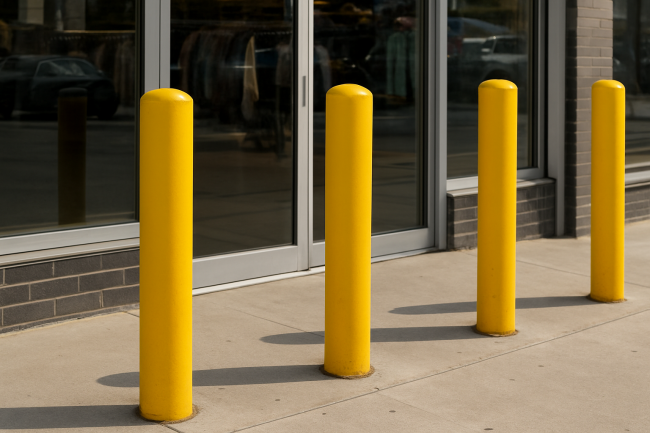OpEd- Taking back our streets: A bold approach to Smash-and-Grab prevention in Seattle
Sun, 08/10/2025
Seattle is facing a costly and disruptive crime wave: smash-and-grab burglaries. These brazen acts, where vehicles often ram storefronts, are not only causing significant financial damage but also eroding our sense of security. The estimated total cost of burglaries in Seattle from August 2024 to July 2025 is projected at $235.6 million for 2025, covering direct property damage, stolen goods, law enforcement costs, and lost economic productivity. While this figure encompasses all burglaries, smash-and-grab incidents are a particularly frequent and costly subset, with individual incidents often causing $15,000–$40,000 in combined theft and damage. Annually, these specific crimes could easily exceed $10–20 million.
The impact is felt keenly by businesses across the city, especially cannabis retailers and smoke shops, which have been notably targeted. We’ve seen vivid examples:
• The Reef Cannabis (Capitol Hill) suffered $20,000 in stolen merchandise and $20,000 in damage in August 2024, followed by another attempted break-in in February 2025.
• Cannazone (SoDo) reported $15,000 in stolen goods in March 2024, with another attempted break-in causing damage in February 2025.
• West Seattle Smoke Shop experienced major damage in August 2025 when a stolen Kia was used to ram its storefront.
Our Seattle Police Department (SPD) and local businesses are already engaged in vital prevention efforts. Crime Prevention Coordinators (CPCs) are deployed across precincts, offering security assessments, lighting recommendations, and "target-hardening" advice to businesses and residents. There’s a strong push for security infrastructure upgrades, with businesses encouraged to install reinforced storefront barriers like bollards and steel gates, shatter-resistant glass, and high-resolution surveillance systems. Cannabis retailers, in particular, have been proactive in adopting these measures after repeated attacks. SPD has also increased coordination with auto theft units to track stolen vehicles often used in these crimes, utilizing real-time alerts and license plate readers. Furthermore, community watch groups and public awareness campaigns are encouraging vigilance and reporting suspicious activity. Precinct-specific actions are also underway, such as vehicle barriers and rapid alarm response in Southwest Seattle, cannabis shop coordination in Capitol Hill, and industrial zone patrols in SoDo.
While these voluntary measures and collaborative efforts are commendable, it's time for Seattle to consider more robust, city-backed strategies to truly deter these crimes. We should look to other cities that have taken a more proactive stance, particularly regarding Crime Prevention Through Environmental Design (CPTED) principles.
For instance, New York City has mandated the installation of over 1,000 bollards to protect pedestrians and businesses from vehicle attacks. Escondido, CA, incorporates CPTED-based design requirements, including bollards and lighting, into new public space projects. Even Chicago, IL, encourages bollards and barriers in high-crime zones through CPTED integration in zoning. In Seattle, while CPCs advise on bollard use, installations are currently voluntary, often self-funded by businesses.
We should explore:
• Mandated or Subsidized Bollard Installation: Moving beyond mere recommendations, Seattle could implement programs that either require or provide subsidies for businesses, especially those in high-risk areas or sectors like cannabis, to install reinforced barriers and bollards. This would make target hardening a city-wide standard rather than an individual choice, acknowledging that the aggregate cost of these crimes far outweighs the preventative investment.
• Enhanced CPTED Integration: We should ensure CPTED principles are more deeply integrated into city planning and business permitting processes, encouraging comprehensive security upgrades including lighting, surveillance, and access control, not just for new constructions but also for existing establishments prone to attacks.
• Dedicated Funding: A city fund or grant program could be established to help small and medium-sized businesses afford critical security upgrades, easing the financial burden on those who have been repeatedly victimized.
The common theme among successful prevention strategies is that bollards and other physical barriers are part of broader, integrated CPTED frameworks. By taking a bolder, more unified approach to crime prevention through environmental design, Seattle can significantly enhance security, reduce the staggering costs of these crimes, and restore peace of mind for our businesses and residents. It’s time to move from advice to action, creating a city where smash-and-grabs are simply not worth the attempt.


